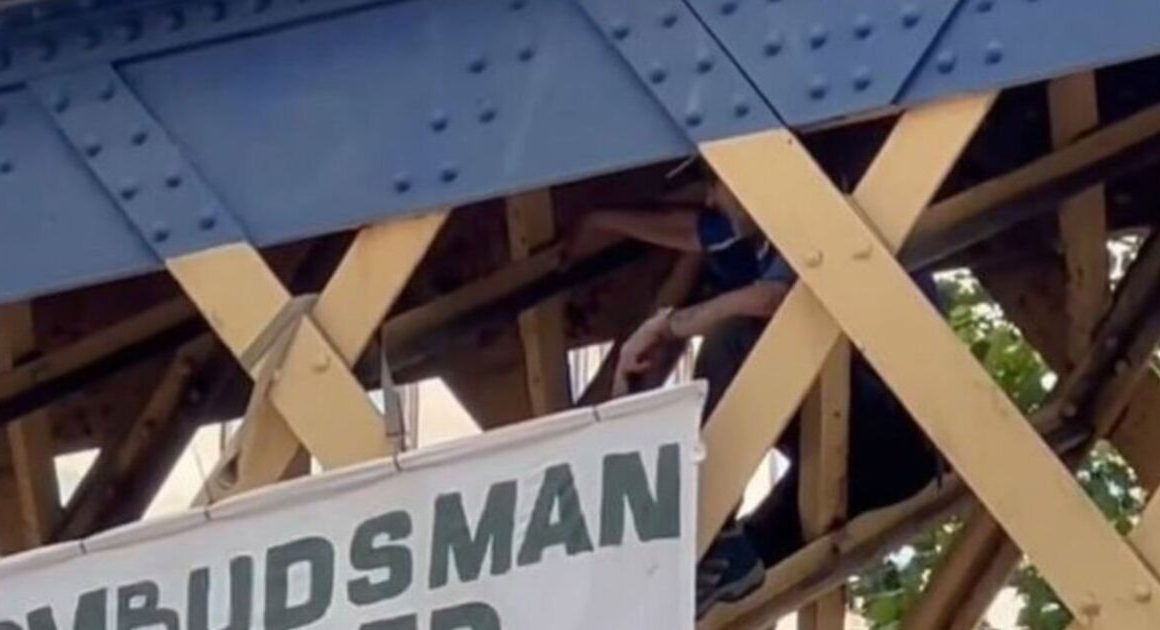A Spanish archaeological project has made a major breakthrough to achieve its objectives and obtain a verified and uninterrupted sequence of occupation in the northeast of a city.
There are indications of occupation between prehistory – the time before written records – and the medieval period, as reported by Sonia Gutiérrez Lloret, professor of Archaeology at the University of Alicante and co-director of the project.
The project, “Domus-La Alcudia: Living in Ilici” aimed to contrast the idealised narrative of superimposed cities with the true material history of Ilici beneath.
The archaeological excavations at La Alcudia, covering about ten hectares, has become among the most important sites in Spain.
It was the original site of the city – Ilice – which was the capital of its corresponding territory during the Roman era.
It harboured considerable influence in the area until its decline after the Moorish founding of a new city in its current location.
For several centuries after, it supplied stone and masonry to new buildings in Elche and nearby thanks to the quarries and workshops that had been set up.
“Instead of focusing on a specific period or monument, we made diachrony (time in a space) our objective, rejecting the arbitrary clichés that have so conditioned and continue to condition the interpretation of La Alcudia, ever since the casual discovery of the Lady of Elche in an unknown context on the eastern slope of the hill,” said Lloret.
The site had previously provided interesting finds, including the discovery of an early Islamic occupation from the eighth and ninth centuries. The Dama de Elche, a masterpiece of Iberian art, was unearthed here and is now on display in Madrid.
“In all, this last campaign has marked three fundamental milestones in understanding the history of La Alcudia: the materialisation of late Roman urbanism, the confirmation of the city’s importance in the turbulent 3rd century BC, and the documentation of its Iberian roots,” said Lloret.
The excavation of a Roman street intersection has uncovered lead pipes through which water circulated to supply houses and baths. An impressive underground sewer network which sanitised the city was also discovered.
The new data obtained shows that much of the visible Roman remains in various parts of the city actually belong to the 4th and 5th centuries, the true period of splendour of the city of Ilici, while the materiality of the early imperial city remains elusive,” said Lloret.
Excavation of the deepest levels has shown that the area was densely inhabited between the third and fourth centuries BC. Discoveries include a Iberian rotary mill. The Iberians were an ancient people settled in the eastern and southern coasts of the Iberian peninsula – divided between Spain, Portugal and Gibraltar from at least the sixth century BC.
Finally, a small pit was discovered, filled to the brim with broken pots, lids, storage jars and amphorae, “is a ‘treasure’ that has provided us with an excellent material context from the 7th and 8th centuries that will allow us to know not only how the last inhabitants of La Alcudia lives, but also where the products they stored came from,” Lloret said.












